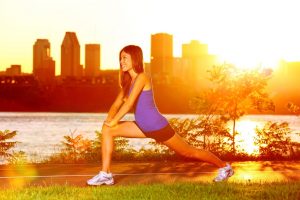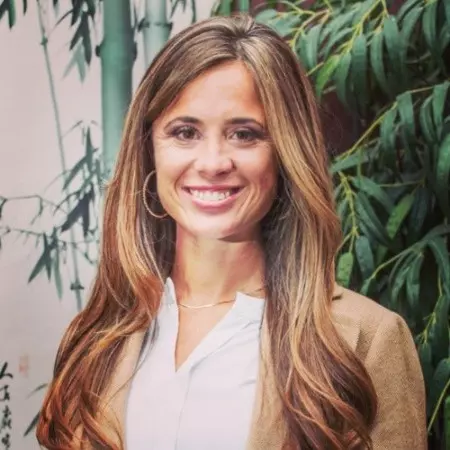When treating athletes, there are many things to take into consideration and timing is one of the most critical. Most athletes participate in scheduled events that they prepare for months in advance. When the treatment occurs in relation to these scheduled events is a major factor that will affect their treatment. There are five phases of treatment when using sports acupuncture to enhance an athlete’s performance when training for an athletic event.
Phases of preparation for the event
Phase 1: Initial Treatment Approach in Sports Acupuncture
Treatment should be given 1 to 3 times a week depending on workout schedule and intensity. Acupuncture, massage, and cupping work very well together and should all be used during every treatment. When treating an athlete in phase 1, the treatment principal is to increase the flow of qi and blood, clear heat, relax the muscles, and stop pain. Root diagnosis is also very important to ensure the treatments hold and the athlete can maintain their performance and reach their goals. Athletes tend to reinjure their body in the same location again and again. This can vary slightly depending on their constitution, onset of pain or tension and sport. For example, a runner who has tight hamstrings will always tend to have tight hamstrings. Work on these issues at every treatment, even if they are not flaring up and causing a problem at the time of treatment. Treating when the typical chief complaint is not flared up will give you the upper hand with their body and give them the extra edge they need.
Phase 2: Intensive Pre-Event Acupuncture Techniques
Treatment is completed five days prior to the event. Acupuncture, massage, and cupping are all done aggressively during this treatment. During phase 2, we are working to break up any remaining stagnation, adhesions, tight musculature, and increase the qi and blood flow to sprains or strains. Deep needling, deep tissue massage, and heavy cupping with strong suction is applied to the body. Needle sensation is strong with heavy stimulation. “Deep” and “heavy” stimulation are terms that vary widely from patient to patient; defer to patient’s tolerance. Needle retention is thirty minutes. Massage is deep; strokes are slow with stretching incorporated into the treatment. Active release therapy works great with athletes and should be incorporated into the stretching regimen. Massage should be 60 to 90 minutes and include forearm and elbow work, again to tolerance.
Are you interested in becoming a certified acupuncture professional?
Visit the links below to explore our specialized acupuncture programs at a campus near you:
Phase 3: Moderate Pre-Event Treatments
Treatment is completed three days prior to the event. During this session, we make sure everything that was worked on in phase 2 has resolved and treat it again but less intensely. Needle technique is moderate, with needle retention of 25 minutes. Moderate pressure is used when massaging with moderate stroke speed. Cupping is strong to moderate. The same treatment principles should be used as in phase 2.
Phase 4: Final Preparations with Acupuncture Before the Event
The day before the event. This treatment is focused on flushing the body with fresh qi and blood, treating the stagnations and adhesions one more time and calming the mind. Light, shallow needling, with minimal stimulation to tonify is the goal. Massage is light to moderate pressure at a medium pace, working mostly with effleurage and long petrissage strokes for sixty minutes. Cups have a weak suction and are moved very quickly.
Phase 5: Acupuncture for Event Day and Recovery
During the event: If you are treating throughout the event then treatment time should be short (less than 30 minutes for acupuncture, massage, and cupping) with minimal needles used. Treatment area is focused on the branches. The treatment plan is to increase qi and blood flow, decrease pain, clear heat, calm the mind, and stop pain. Massage should be focused on the area of the chief complaint as well as cupping. Massage, needle technique, and cupping should be moderate, with moderate speed when moving.
After the event: Treatment should include a 90-minute massage and cupping with moderate pressure/suction. Acupuncture focus is on the root and branch, including deep to light needling, with needle retention for 25 minutes.
The five phases of sports acupuncture are very important to maximize athletic performance. Working with multiple health care providers can benefit the athlete greatly. Western and holistic medicine work together well when using sports acupuncture. Co-managing patient cases effectively is key to creating treatment plans and reaching your athletes’ goals.
Featured Posts:

